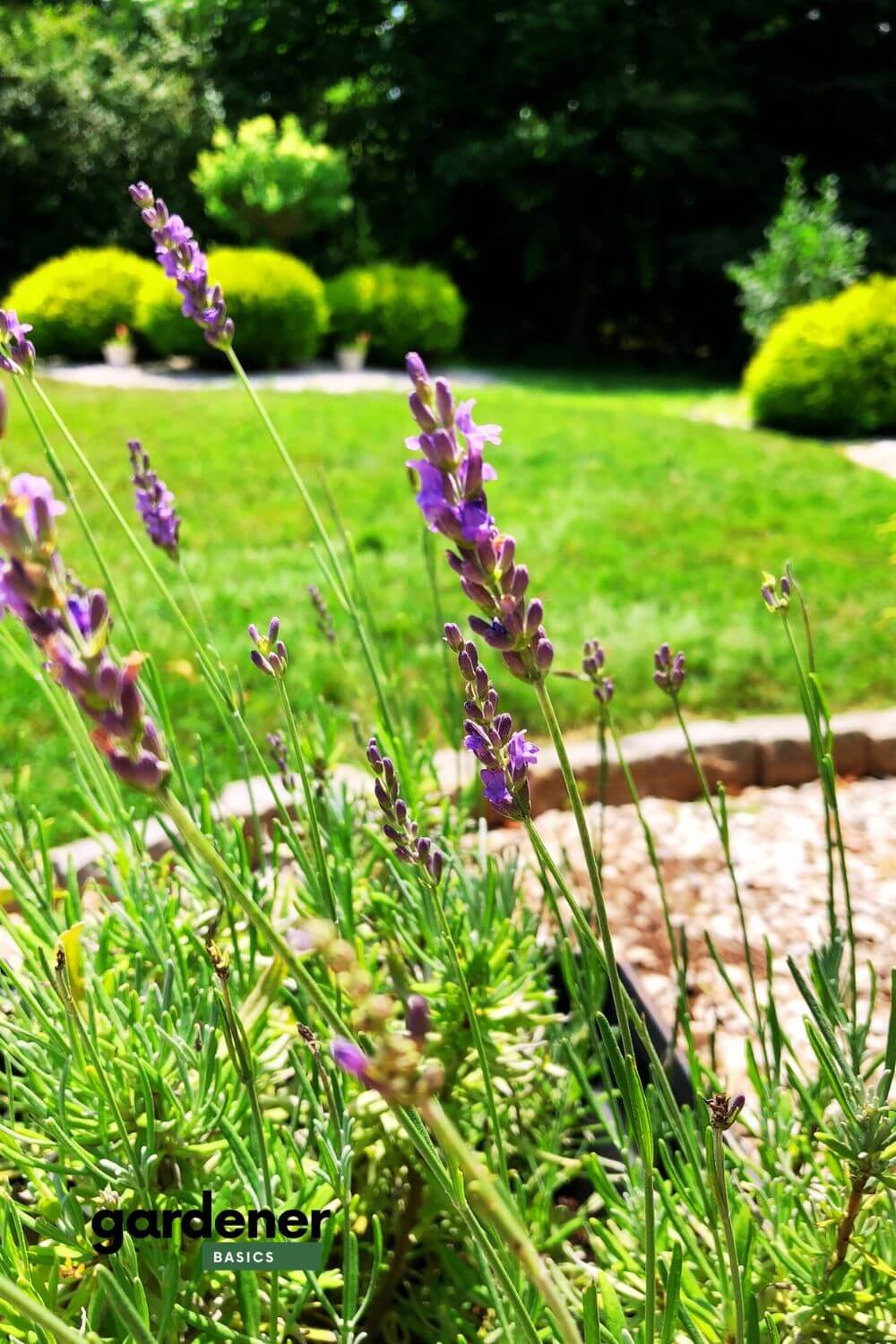14 Surprising Facts About Lavender You Didn’t Know
Lavender is more than just a fragrant herb—it has a fascinating history, unique properties, and unexpected uses. Here are some surprising facts you might not know about lavender. I know I learned a thing or two!
The items listed are accompanied by affiliate links, meaning I earn a small commission if a purchase is made through my links. This has no impact on the cost to the consumer. I link to products this way whenever possible, and it has no bearing on the products I choose to review or recommend.
1. Lavender Has Been Used for Over 2,500 Years
Ancient Egyptians used lavender in mummification and as perfume. The Romans valued it for bathing, cooking, and healing, and during the Middle Ages, lavender was thought to ward off disease.
2. It’s Part of the Mint Family
Lavender (Lavandula) belongs to the Lamiaceae family, which also includes mint, rosemary, thyme, and basil. Like its relatives, lavender shares aromatic oils and a resilience that allows it to thrive in dry conditions.
Lavender
3. It’s a Natural Insect Repellent
Lavender’s strong scent naturally repels mosquitoes, moths, fleas, and flies. Planting it near patios, doorways, or seating areas can help keep pesky insects at bay without the need for chemical sprays.
4. Lavender Can Help You Sleep Better
Studies have shown that lavender’s aroma has calming effects, helping to reduce stress and improve sleep quality. Placing dried lavender under your pillow or using lavender essential oil in a diffuser can promote relaxation and restfulness.
Munstead Lavender from my yard.
5. Lavender Symbolizes Calmness, Grace, Serenity, and Purity
Lavender has long been associated with tranquility and purity. In many cultures, it represents calmness, grace, and serenity, making it a popular choice in aromatherapy, home décor, and even bridal bouquets.
6. Not All Lavender Smells the Same
There are over 45 species and 450 varieties of lavender, each with slightly different scents. English lavender (Lavandula angustifolia) is sweet and floral, while French and Spanish lavenders have a more camphor-like aroma.
7. Lavender Can Enhance Your Cooking
English lavender is edible and often used to flavor desserts, teas, and even savory dishes. Its floral, slightly citrusy taste pairs well with honey, lemon, and rosemary.
8. It Was Used as a Plague Remedy
During the Bubonic Plague, people carried lavender in their pockets and burned it in homes to ward off disease. Lavender’s antibacterial properties made it a popular choice for protection.
RELATED: How to Plant a Lavender Hedge: A Step-by-Step Guide
9. Lavender Oil Has Healing Properties
Lavender essential oil is known for its antibacterial and anti-inflammatory effects. It’s often used to soothe burns, cuts, insect bites, and skin irritations.
10. It’s a Favorite of Pollinators
Lavender attracts bees, butterflies, and other beneficial insects, making it a great addition to pollinator-friendly gardens. Honey made from lavender nectar has a distinct floral flavor.
Lavender in bloom.
11. The Color ‘Lavender’ Was Named After the Plant
The soft purple hue we call ‘lavender’ comes directly from the flower’s signature color. Different lavender species bloom in shades ranging from deep violet to pale pink and white.
12. Lavender Was Once Used as Currency
In ancient Rome, lavender was so valuable that it was sometimes traded as currency. It was also used to scent Roman coins and keep insects away from stored money.
RELATED: The Best and Worst Companion Plants for Lavender: What to Grow (and Avoid) in Your Garden
13. It Thrives in Harsh Conditions
Lavender is drought-tolerant and thrives in poor, rocky soils. Its deep roots help it survive in dry climates, making it an excellent choice for xeriscaping.
14. It’s One of the Few Plants That Doesn’t Change Color Based on Soil pH
Unlike hydrangeas, lavender’s color isn’t affected by soil pH. Its bloom colors are determined by variety rather than soil acidity.
Lavender is not only a beautiful and fragrant addition to any garden, but it also has a rich history, practical benefits, and unexpected uses. Whether you grow it for its soothing scent, culinary potential, or pollinator-friendly properties, this versatile plant has a lot more to offer than meets the eye!
Pin for Later>>>















